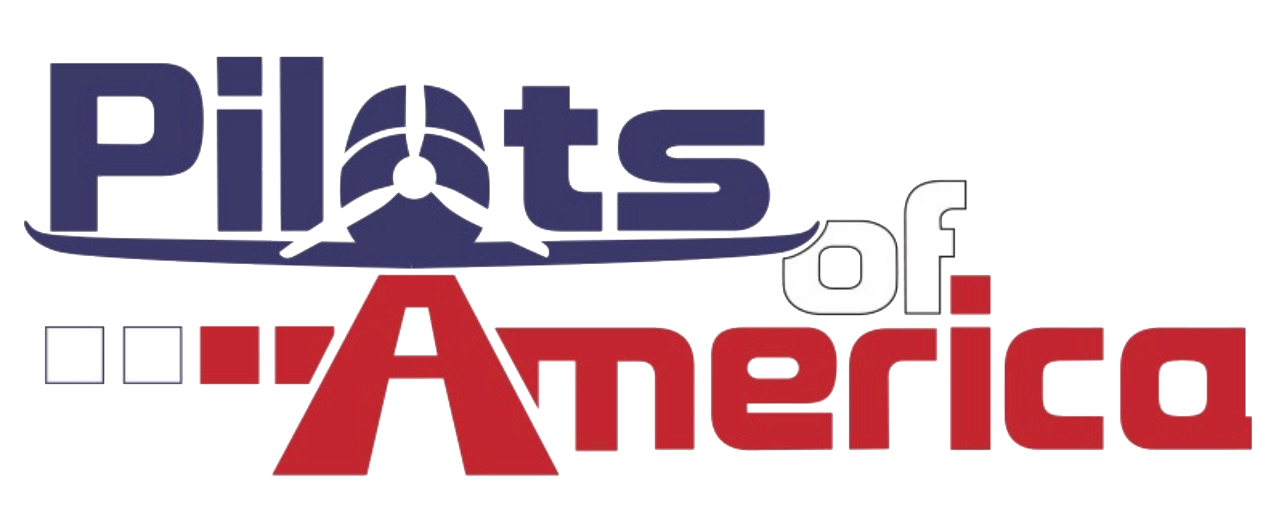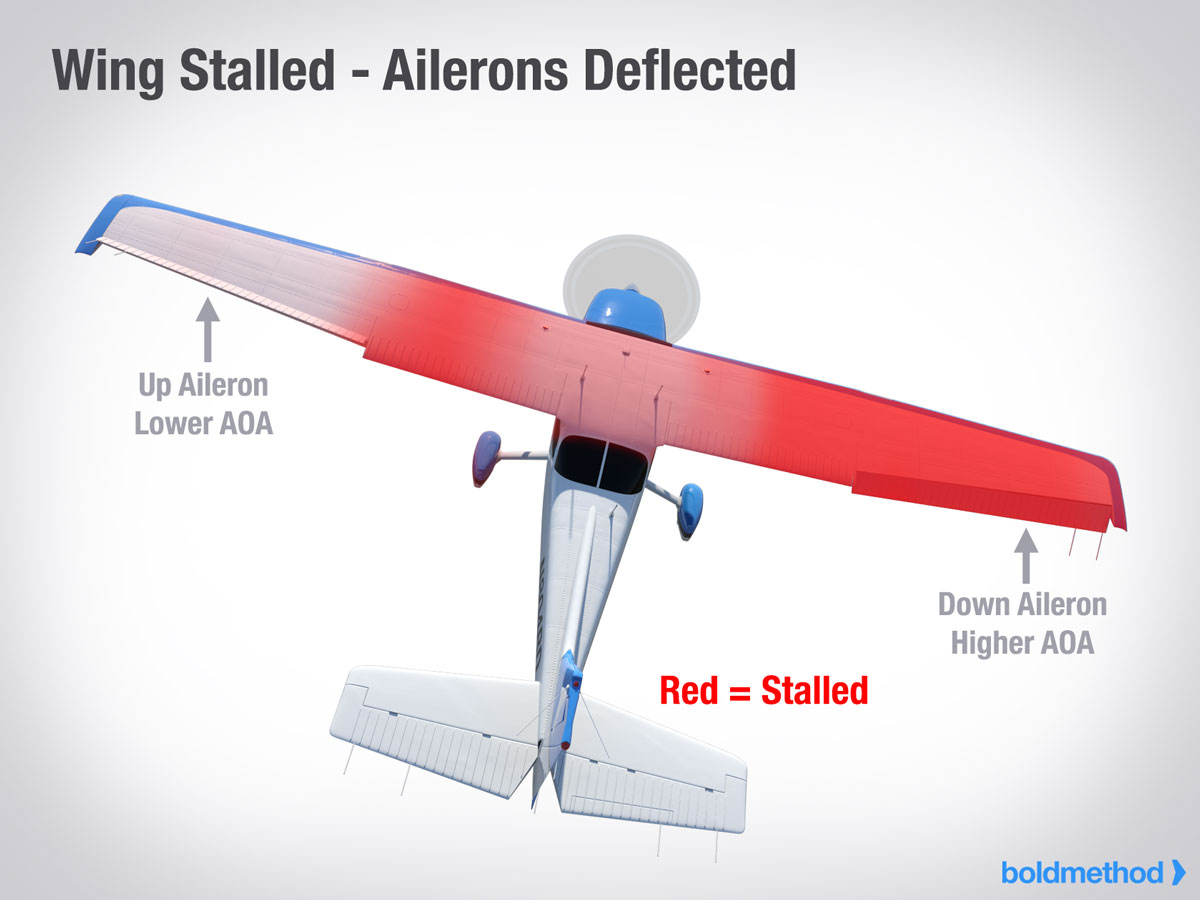The stall warning is sensitive to the movement of the stagnation point. As AoA increases, the stagnation point moves from the leading edge back under it, and the flow upward from it and over the top causes a low pressure at the stall port, or pushes the stall switch vane up.
That "leading expert" in the first post is ill-informed. A receding or advancing wing has a very small differential in airspeed compared to the overall airspeed. A 36-foot wing's tips will be rotating, in a turn twice rate one (or 360 degrees per minute) at 113 feet per minute, with the differential of 226 feet per minute. The airplane, if moving forward at 60 knots, is doing 6013 feet per minute. Each wing tip, therefore, is either faster or slower by 1.9%. Miniscule. ANd that's at the tips; inboard it's far less.
The real problem is the helix describeed by each wing in a descending turn. The inside wing is descending a little more steeply than the outside wing because it's path is a bit shorter, being on the inside track, so its AoA is higher by a fraction of a degree. A tighter turn increases the AoA differential. And the pilot's cross-controlling really makes a big difference, because introducing down-aileron on the inside wing increases the wing's AoA over the section of wing occupied by the aileron. Remember that the chord line runs through the leading and trailing edges, and when you drop the trailing edge, you move that chord line, and therefore the angle of incidence, and therefore the AoA on that section if the rest of the wing's AoA is unchanged.


